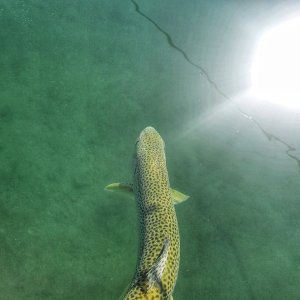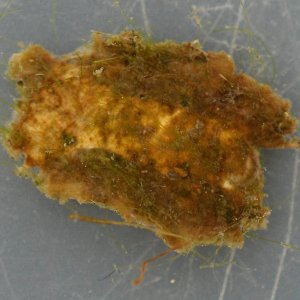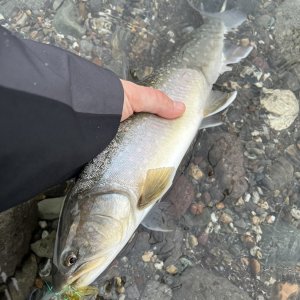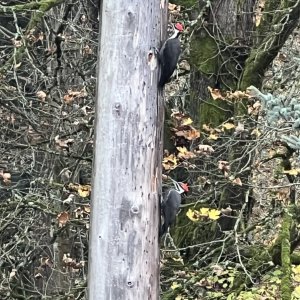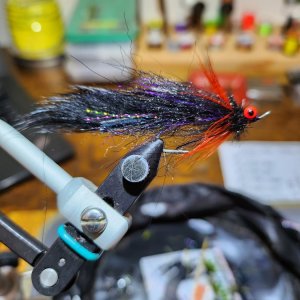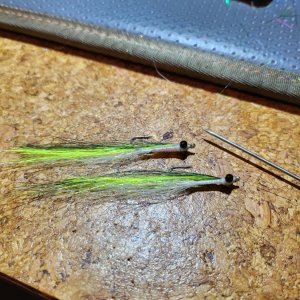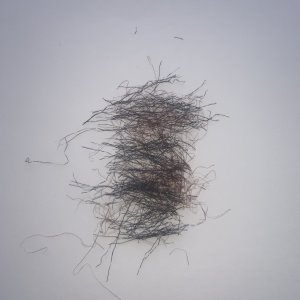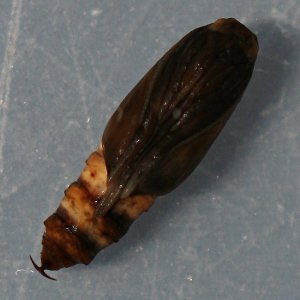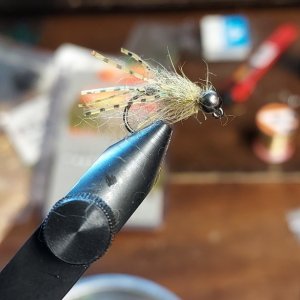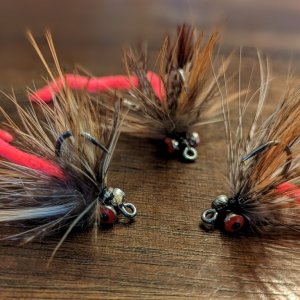This "no one seems to pay much attention to it (science) and it readily changes based on who might benefit and who's in power" facsinates me and I completely agree. It seems to me in my brief existence that what's popular today as science may not be agreed upon or accepted tomorrow. I watched a half dozen members, each from a different agency (state, federal and tribe) discuss, debate and argue so many different facets of projects that my former employer was mandated to build, that timelines for the projects never met schedule. When one large and very complex project finally started to gain traction, suddenly the science of that particular spring Chinook's genetic origin came into question; oh, they've been extinct for decades and those captive brood don't represent the native (extinct? extirpated?) species.... The money spent on that project reached 8 figures and then abandoned.
Mountain in the Clouds, I'd like to say I really enjoyed the book but enjoy? It was very thought provoking.
We got to follow the $cience.

